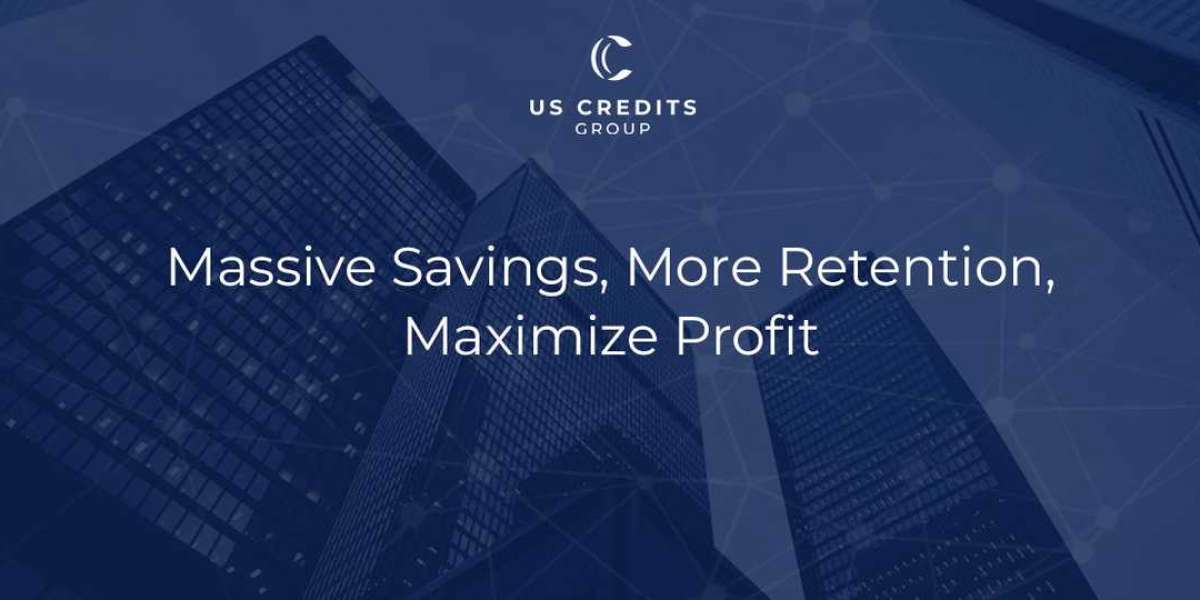Understanding Section 125 Health Plans
Definition and Basic Features
A Section 125 health plan allows employees to pay for certain benefits with pre-tax dollars, reducing their taxable income. These plans can include various types of benefits such as health insurance premiums, flexible spending accounts (FSAs), and dependent care assistance programs (DCAPs).
Types of Section 125 Plans
There are several types of Section 125 plans, including premium-only plans (POPs), full cafeteria plans, and simple cafeteria plans. Each type offers different levels of flexibility and tax advantages.
Tax Advantages of Section 125 Plans
Pre-Tax Contributions
One of the primary benefits of a Section 125 plan is the ability for employees to make pre-tax contributions towards their benefits. This reduces their taxable income and increases their take-home pay.
Impact on Payroll Taxes
Employers also benefit from reduced payroll taxes, as contributions to Section 125 plans are not subject to FICA and FUTA taxes. This can result in significant savings for the business.
Types of Benefits Under Section 125 Plans
Health Insurance Premiums
Employees can pay for health insurance premiums with pre-tax dollars, making healthcare more affordable.
Flexible Spending Accounts (FSAs)
FSAs allow employees to set aside pre-tax dollars for medical expenses, reducing their taxable income.
Health Savings Accounts (HSAs)
HSAs offer another tax-advantaged way for employees to save for medical expenses, often paired with high-deductible health plans (HDHPs).
Dependent Care Assistance Programs (DCAPs)
DCAPs enable employees to use pre-tax dollars for dependent care expenses, such as daycare, further reducing taxable income.
Eligibility and Compliance Requirements
Employee Eligibility
Not all employees may be eligible for all benefits under a Section 125 plan. It's essential to understand the eligibility criteria to ensure compliance.
Employer Responsibilities
Employers must ensure that their Section 125 plans comply with IRS regulations, including nondiscrimination requirements and proper plan documentation.
Regulatory Compliance
Staying compliant with all relevant regulations is crucial to avoid penalties and ensure the plan's tax advantages are preserved.
Setting Up a Section 125 Plan
Steps for Implementation
Implementing a Section 125 plan involves several steps, including plan design, obtaining necessary approvals, and communicating the plan to employees.
Choosing the Right Benefits
Selecting the appropriate benefits for your employees is critical to maximizing the plan's effectiveness and employee satisfaction.
Communicating with Employees
Clear communication is essential to ensure employees understand the benefits and tax advantages of the Section 125 plan.
Maximizing Tax Savings for Employers
Reducing Taxable Income
Section 125 plans reduce the employer's taxable payroll, resulting in lower FICA and FUTA taxes.
Lowering FICA and FUTA Taxes
By offering Section 125 plans, employers can significantly reduce their tax liabilities, leading to substantial cost savings.
Case Studies and Examples
Real-world examples of businesses that have successfully implemented Section 125 plans can provide valuable insights and inspiration.
Maximizing Tax Savings for Employees
Reducing Employee Taxable Income
Employees benefit from reduced taxable income, leading to higher take-home pay.
Benefits of Pre-Tax Contributions
Pre-tax contributions to benefits such as health insurance and FSAs can lead to significant savings for employees.
Real-Life Employee Savings Scenarios
Examples of how employees can save money through pre-tax contributions illustrate the plan's benefits.
Common Pitfalls and How to Avoid Them
Non-Compliance Issues
Non-compliance with IRS regulations can result in penalties and loss of tax advantages. It's crucial to stay informed and compliant.
Administrative Errors
Proper administration of Section 125 plans is essential to avoid errors that could impact tax savings and compliance.
Strategies to Mitigate Risks
Implementing best practices and regularly reviewing the plan can help mitigate risks and ensure smooth operation.
Monitoring and Adjusting Your Plan
Regular Plan Reviews
Regularly reviewing your Section 125 plan can help identify areas for improvement and ensure continued compliance and effectiveness.
Making Necessary Adjustments
Adapting your plan as needed can help maintain its benefits and address any changes in regulations or employee needs.
Staying Updated with Legal Changes
Keeping up with legal and regulatory changes is essential to ensure your Section 125 plan remains compliant and effective.
Real-World Examples of Successful Section 125 Plans
Case Study: Small Business Success
A small marketing firm implemented a Section 125 plan, resulting in significant tax savings and increased employee satisfaction.
Case Study: Large Corporation Implementation
A large corporation successfully integrated a Section 125 plan, demonstrating the plan's scalability and benefits for larger organizations.
The Future of Section 125 Plans
Emerging Trends
Stay informed about emerging trends in employee benefits and tax savings strategies to keep your Section 125 plan relevant.
Potential Legislative Changes
Understanding potential legislative changes can help you anticipate and adapt to new regulations impacting Section 125 plans.
Adapting to the Future
Being proactive and adaptable will ensure your Section 125 plan continues to provide maximum benefits and tax savings.
Conclusion
Maximizing tax savings with Section 125 health plans requires careful planning and ongoing management. These plans offer significant benefits for both employers and employees, from reduced taxable income to increased take-home pay. By understanding the various aspects of Section 125 plans and implementing best practices, employers can ensure they make the most of these tax-advantaged benefits.
FAQs
What is a Section 125 health plan?
A Section 125 health plan allows employees to pay for certain benefits with pre-tax dollars, reducing their taxable income and providing tax savings for both employees and employers.
How can employers maximize tax savings with a Section 125 plan?
Employers can maximize tax savings by offering a variety of pre-tax benefit options, reducing their taxable payroll, and lowering FICA and FUTA taxes.
What types of benefits can be included in a Section 125 plan?
Section 125 plans can include health insurance premiums, flexible spending accounts (FSAs), health savings accounts (HSAs), and dependent care assistance programs (DCAPs).
What are the compliance requirements for Section 125 plans?
Employers must ensure their Section 125 plans comply with IRS regulations, including nondiscrimination requirements and proper plan documentation.
How can employees benefit from a Section 125 health plan?
Employees benefit from reduced taxable income, increased take-home




